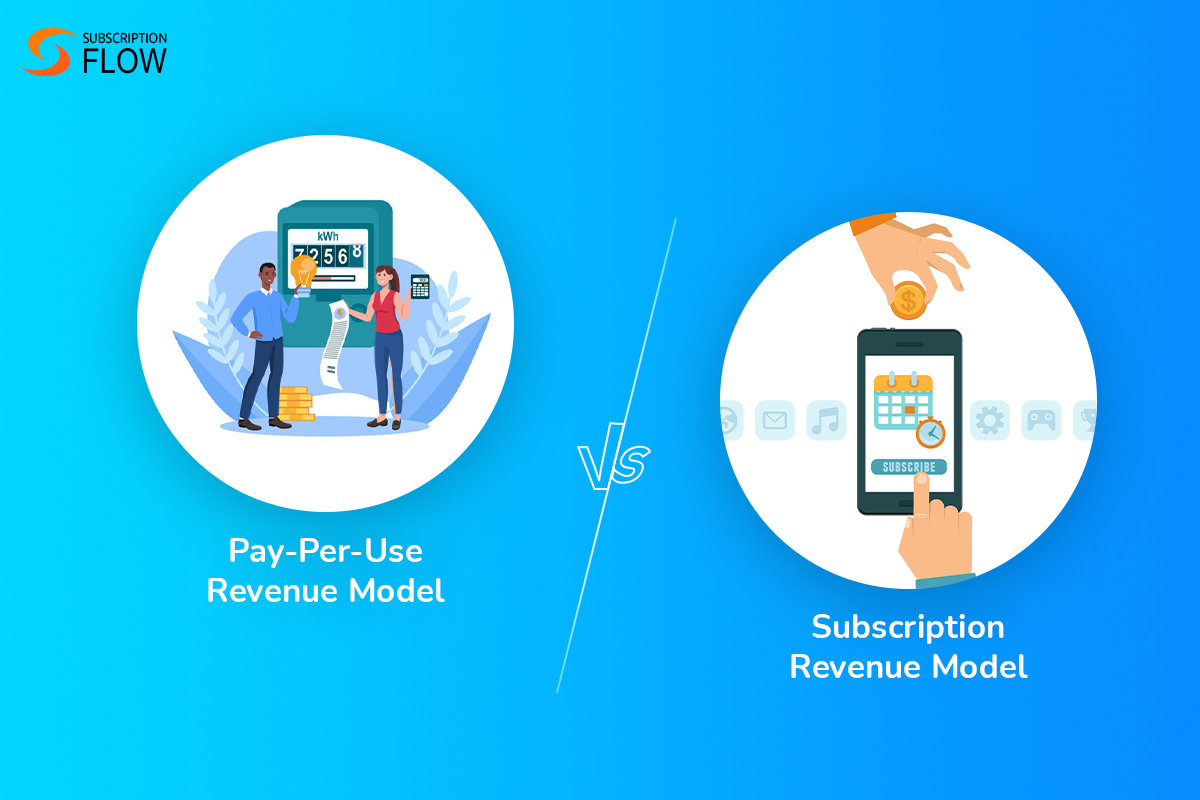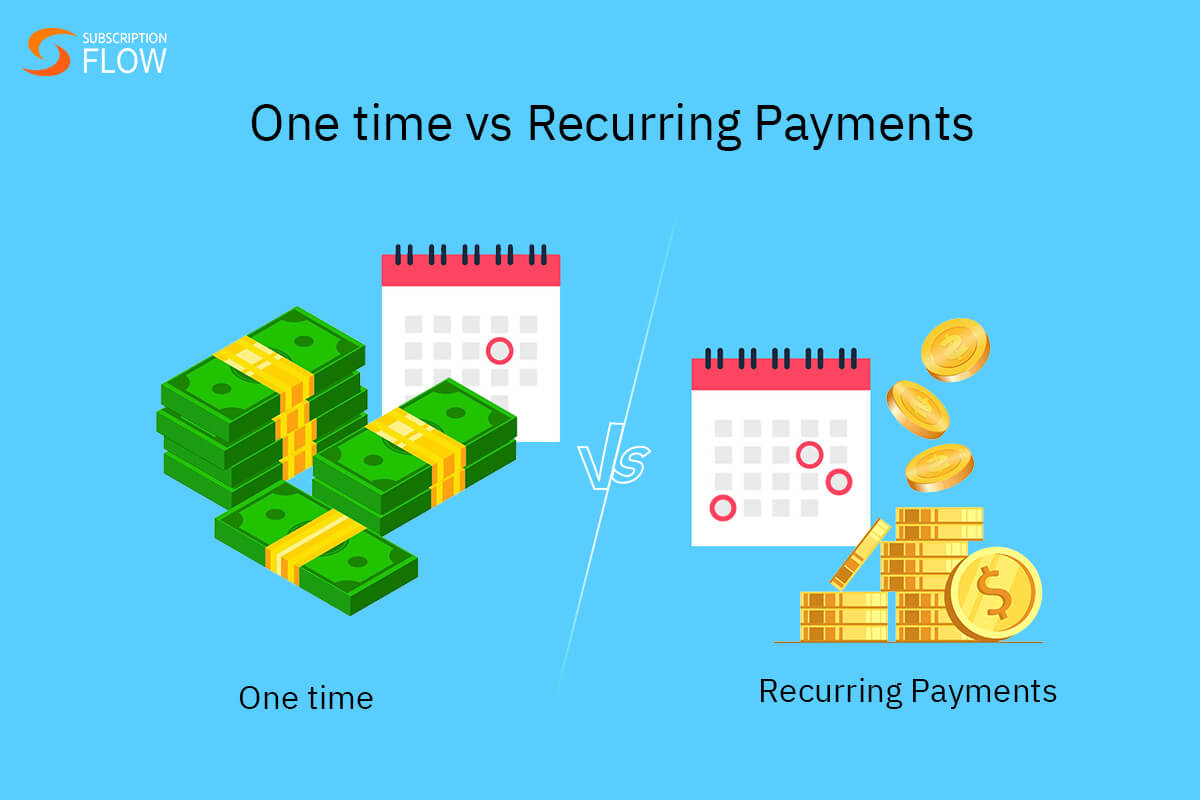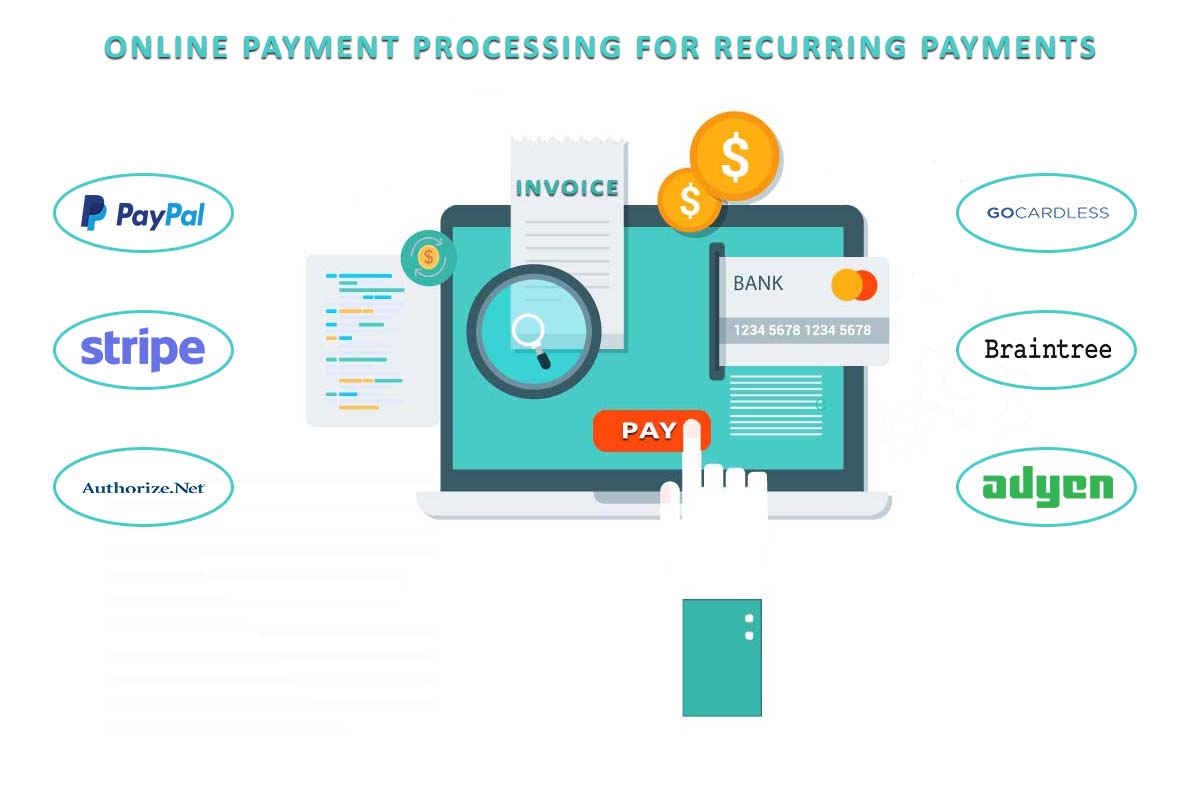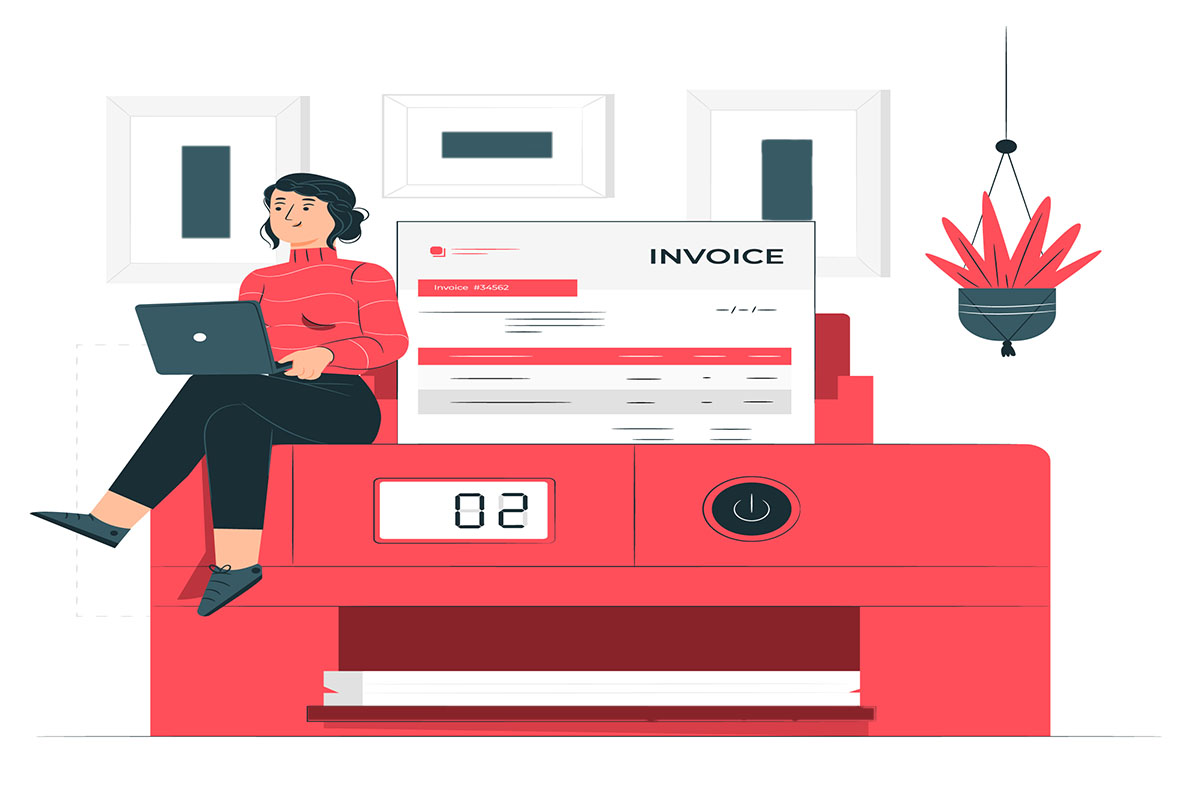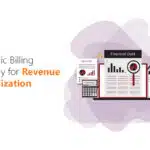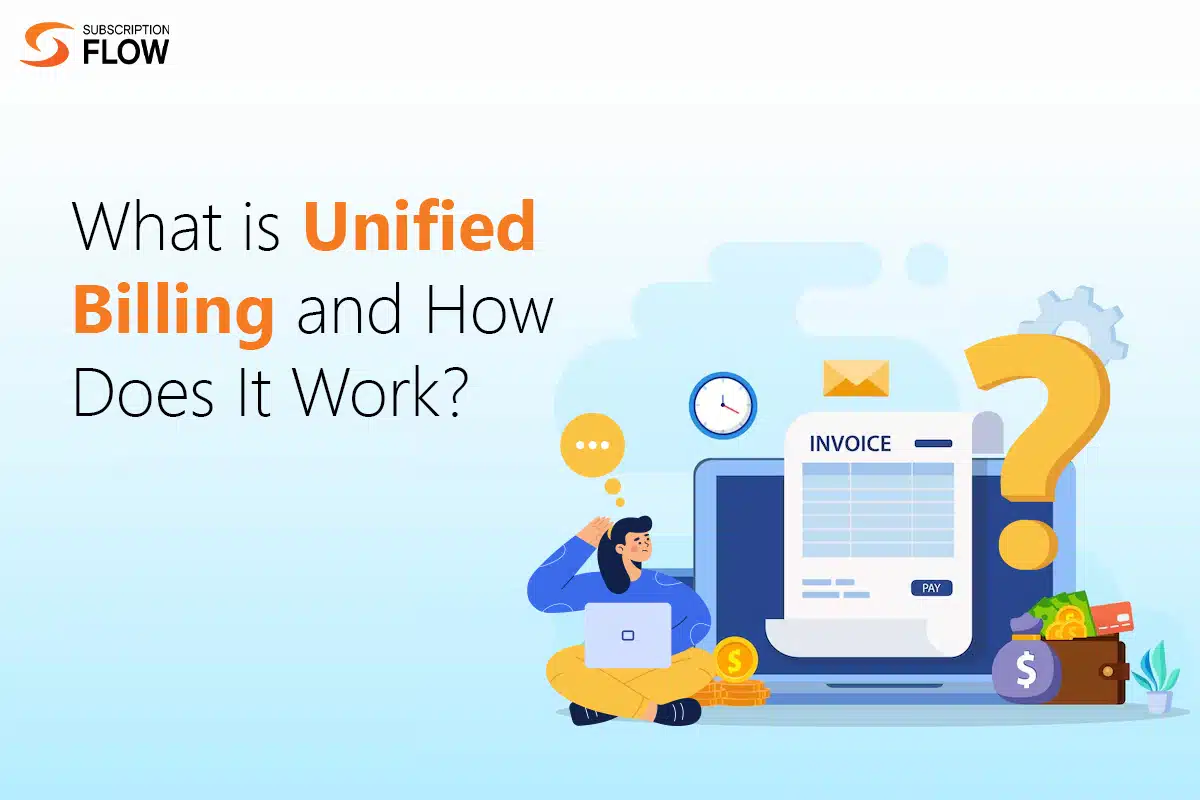
What is Unified Billing and How Does It Work?
Modern subscription businesses have needs that the traditional systems can’t cope up with. One of those needs is efficient billing. Billing is no longer only about charging customers. In fact, it is a strategic tool that businesses can employ to boost conversions, and keep their customers satisfied.
Unified billing is one billing strategy that makes the subscribers’ payment experience convenient, and frictionless. With unified billing, businesses can streamline the invoicing of customers with multiple subscriptions. They can also manage the invoicing of multiple subscribers simultaneously.
Let us find out how unified billing works, and how it simplifies invoicing for both businesses and customers.
What is Unified Billing?
Unified billing is a billing method that consolidates multiple service charges for a customer into a single invoice. This method is great for businesses who offer multiple app subscriptions or several subscription tiers. Businesses offering a number of add-on features, or priced service setups alongside subscriptions can also benefit from this approach.
Unified billing systems generate invoices that are consolidated and comprehensive. Suppose a customer has subscribed to three of a business’s apps. Each subscription has its own charges and requires monthly billing. Instead of creating a separate invoice for each subscription, the system can generate a single unified invoice at the end of each month.
That invoice would contain a detailed breakdown of the charges of all three subscriptions. The customer can pay the total due sum in one go instead of paying for each service individually. This also means that the business won’t have to track each subscription’s date, and send invoice for it separately.
In this way, unified billing organizes invoicing procedures for both businesses and customers. Businesses do not have to process payments for each transaction separately. Customers also do not have to pay repeatedly, as they can pay for everything in one go.
We will discuss more of this system’s benefits later on.
Unified Billing Vs Fragmented Billing: What’s the Difference?
Fragmented billing is when a customer is charged separately for each subscription they are committed to. It can also include separate charges for any add-on service they purchase. On the other hand, unified billing consolidates all the dues. Instead of isolating each service’s charges, it combines them into one invoice for a collective payment.
Let us imagine a customer that has subscribed to two subscription tiers offered by the same company on a monthly basis. They have also purchased an add-on feature for one of their subscriptions. A fragmented billing system would generate three invoices for this customer in a month. Two of these invoices would be for their two subscriptions respectively. The third one would be for the add-on bought.
Contrarily, a unified billing system would generate one invoice listing the charges for both the subscriptions, as well as for the single add-one purchase. Fragmented billing would require the customer to pay thrice in the month. On the other hand, unified billing would allow them to treat all their purchases as a single transaction.
Steps Involved in Unified Billing
A billing system executes unified billing in these steps:
1. Data Collection
The system tracks the customer’s account, and collects all their transaction data. This data can include subscriptions, one-time purchases like add-ons, and more. It also keeps a record of any discounts that may be applicable on these items.
2. Consolidation of Charges
After data collection, the system aggregates all the charges to produce a unified sum. It automatically applies any discounts or coupons on the relevant services. Additionally, it aligns the billing schedules of different services as well, so that the customer can be billed for everything at the same time.
3. Proration
Customers might not subscribe to two of a business’s services simultaneously. They might subscribe at different dates in a month. In order to align the billing cycles of such customers, proration of charges in necessary.
For instance, a customer subscribed to app A on the 1st of the month. They then subscribed to app B on the 20th of the same month. In order to unite these two different cycles, the customer can be charged on the 1st of the next month for both services. The charge for app B will be prorated in this case, and the customer will only pay for the 10 days in which app B was used.
Once the adjustment for app B is made, the customer can then be normally charged for both the apps on the 1st of each month.
4. Invoice Generation, Transfer & Payment Processing
After consolidating all the charges accurately, the system generates a single invoice for the customer listing all items and their fees. The invoice also includes details of any taxes applied.
It is then sent to the customer via email or self-service portal.
Customer payment is processed as soon as it is made. In case of failed payments, the system retries payment attempts to recover funds. Advanced systems like SubscriptionFlow track invoice statuses in real-time, and automate dunning management for payment recovery.
5. Account Reconciliation
When invoices are paid, businesses can match them with their accounts receivable. This helps them keep an accurate data record of their collected and pending revenue. With unified billing, they can track and view all of a customer’s transactions easily. This gives them a unified view of each customer’s subscription status and payments.
Unified Billing of Multiple Subscribers
Other than supporting consolidated billing for single users, unified billing system also handles invoicing for multiple customers at the same time. This entails bulk invoicing for clients with multiple subscription accounts. Large organizations might require service access for multiple user accounts.
For that, they might sign up for a subscription tier that allows service access for their desired number of users. Contrarily, they can also buy multiple subscription tiers and assign them to different users within the company. In each case, unified billing ensures that the company is invoiced diligently.
The system generates a single comprehensive invoice for the company with all of its users’ account details, and their respective charges. The company’s ‘parent’ account can then pay the total invoice amount in one go. This prevents the disorder and confusion that arises when each employee or department has to pay their own invoices.
Unified billing, in this case, gives enterprise-level clients a complete view of their service usage and charges. They can track the service usage of each of their sub-accounts through the invoice.
Advantages of Unified Billing
These are some key benefits of using the unified billing strategy:
- Easy Accounting
Businesses can access the total of their customers’ transactions in the unified invoices. They do not have to maintain separate subscription cycles for a single customer, and do not have to assign them separate invoices.
This gives businesses a single-view into the monthly transactions of their subscribers. It also makes account reconciliation easy, as the collective purchase data of all customers can be accessed from their invoices. Customer payments can then be matched with their invoices only once. This process does not need to take place separately for each transaction.
- Transparency for Customers
Unified billing is customer friendly, as it saves them from paying repeatedly. If a customer subscribes to multiple services offered by a company, they are likely satisfied with the company’s offerings.
However, keeping track of each subscription or additional one-time purchases can be frustrating. It might require the customer to pay at different intervals throughout the month. Customers might get confused at several payment deductions, and might not get a clear picture of their service usage and spending.
Unified billing removes this confusion, and assigns only one invoice to the customer where they can see all their dues with details. It offers increased transparency into their payments, and fosters trust between them and the company.
- Reduced Payment Failure
If one customer has to pay separately for different items, then the chances of payment failures are high. Failures can be caused by card expiration, or less diligent budget management leading to lower amounts in the account.
Moreover, if payment fails for one item, then it cannot be guaranteed that it’ll be recovered by the time the next item’s bill arrives. This can cause administrative overhead, as the businesses will have to consistently check with the customer to ensure their payment method works fine for the next bill.
With unified invoices, customers only have to pay once a month (or quarter, or year, etc.). This helps them budget better, and prepare their account for the billing before it is due. Even if payment failure happens, the business won’t have to locate the micro-transactions that failed.
Since all the purchases are treated like a single transaction, businesses will know exactly how much revenue they need to recover, and carry out dunning protocols accordingly.
- Lesser Payment Processing Fees
Processing each and every customer transaction separately can incur significant payment processing fees imposed by the gateway. This is especially true if a customer has subscribed to multiple services, as it involves recurring payments.
The more individual payments are made, the higher the gateway fees pile up. Unified billing helps businesses cut down on these costs. Multiple transactions are combined, and processed as one. So, the gateway charges processing fee for a single transaction only.
How SubscriptionFlow Supports Unified Billing
SubscriptionFlow is a leading subscription management and billing software, catering to businesses of all sizes. These are some of our advanced features that support and simplify unified billing:
- Consolidated invoicing for single users and teams
- Account hierarchy for enterprises with multiple subsidiary accounts
- Convenient billing adjustments and proration
- Intelligent dunning for maximized revenue recovery chances
- Automation for error-free billing workflows
- Invoice tracking and financial reporting in real-time
Sign up with SubscriptionFlow now, and make the most out of your unified billing strategy.

